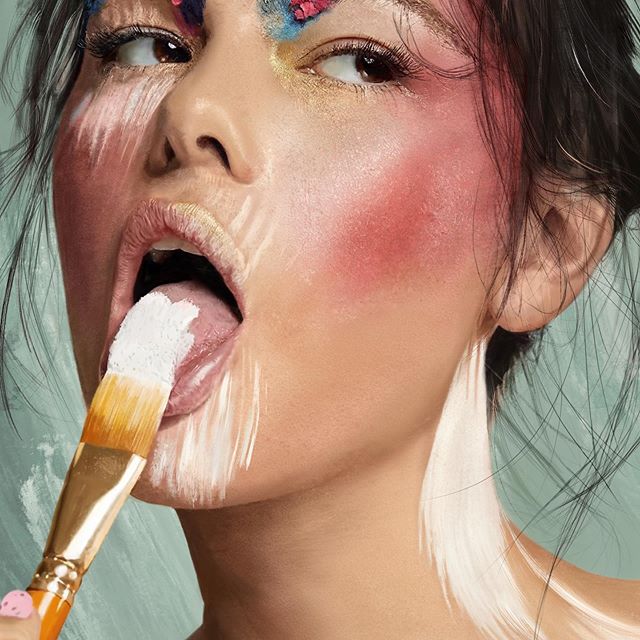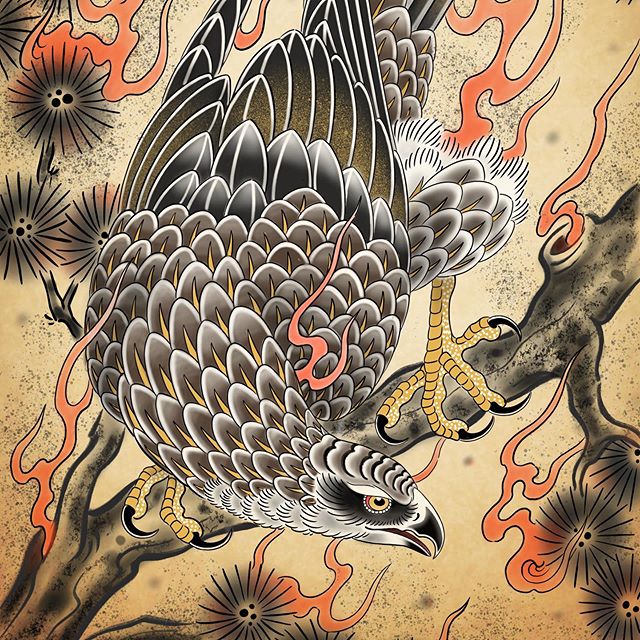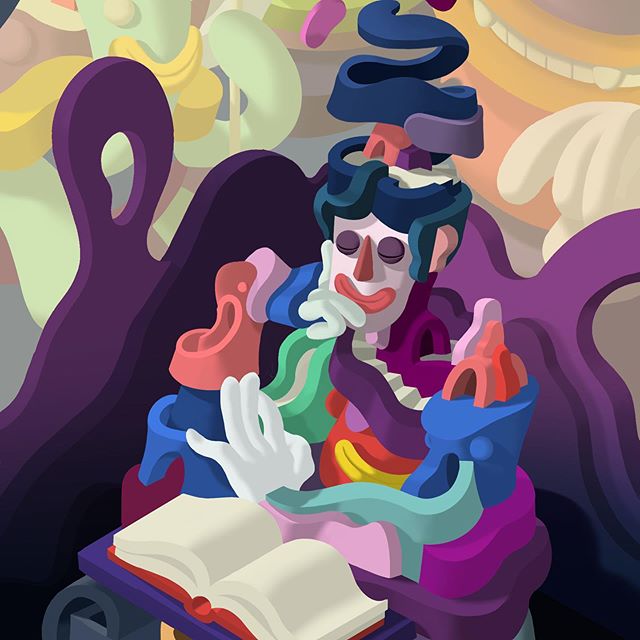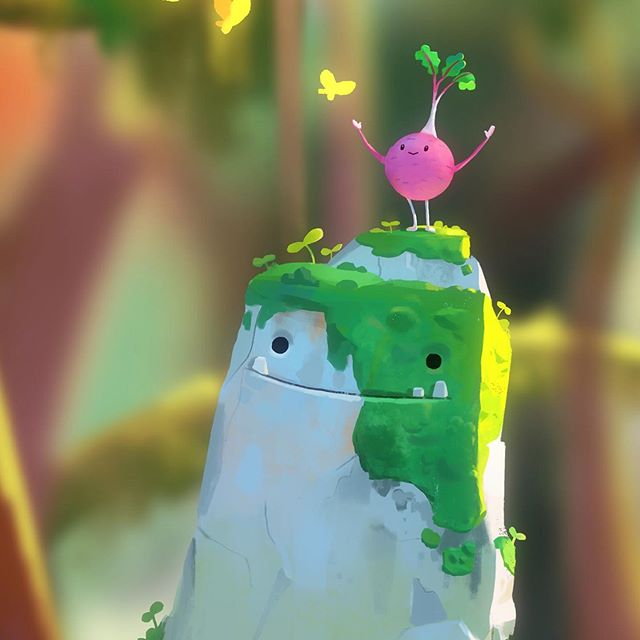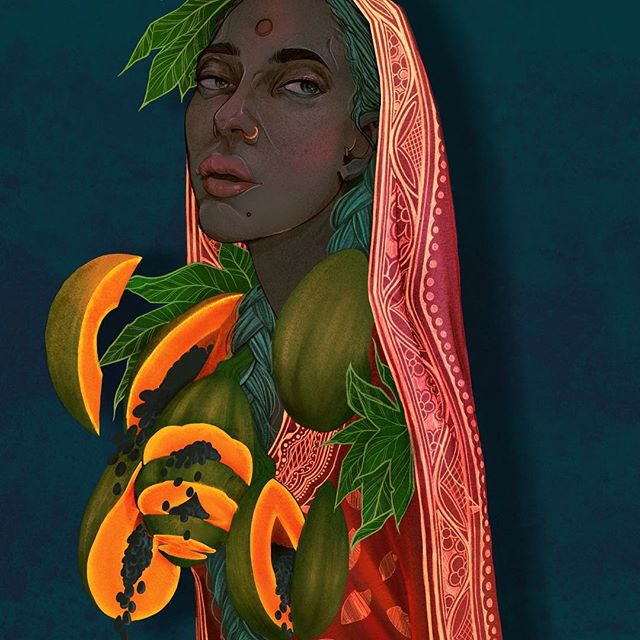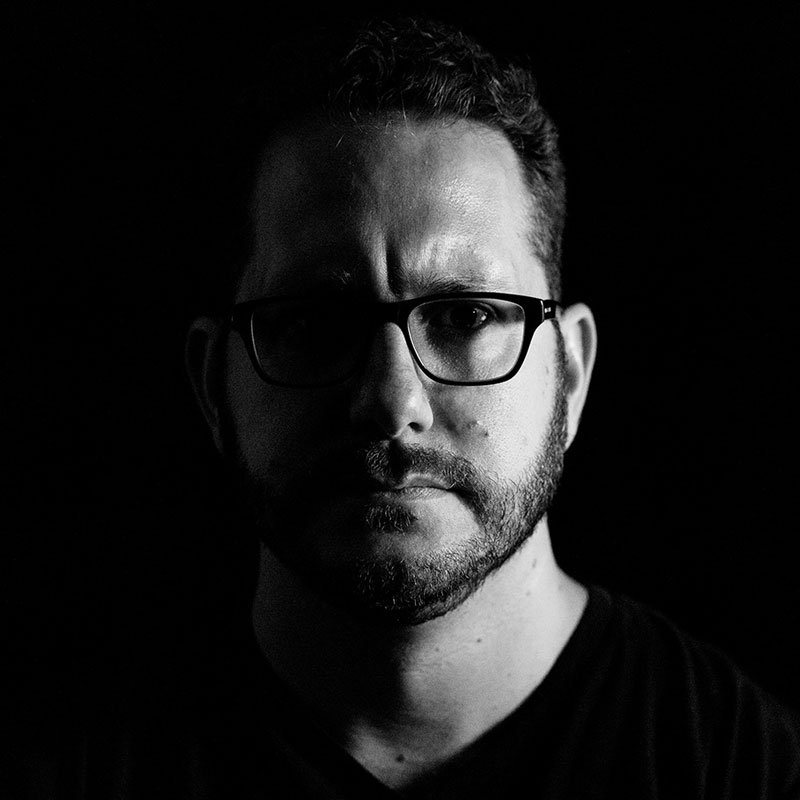Today’s industry welcomes out-of-the-box solutions and daring startups to come and replace age-old titans. We are in the presence of the rise of AI as the major means to automatize creative processes. And we are also in the presence of independent soft which is getting more vital in a creator’s routine: Procreate, Affinity, Gravit, Figma, Canva, to name a few.
Procreate not just supports digital artists by providing a quality mobile app and establishing a unanimous creative community. It primarily encourages young teams to try something they hesitate to get down to since the experience of the Australian startup is unrivaled and fascinating.
There were only 4 people in Savage Interactive as they started. Now there are millions of creators rolling this artist-friendly universe — and a good story about how they made it all real. So, fasten your seatbelts, that’s gonna be a gripping thing.
Did you have startups before Procreate or you’ve gone boom with the very first one?
James: I started a couple of small ventures before Savage. In my teens, my ventures didn’t really go anywhere, but each one was an exceptionally valuable learning experience.
My first successful business was Savage Media, a branding and web development agency which I co-founded with my wife back in 2005. It did reasonably well here in Hobart. We won a few awards, built a suite of interesting web software tools and grew a small team. But we quickly outgrew the local mindset, and wanted to push ourselves further creatively.
Around 2009, I became fixated on plans to create a dedicated software development startup, focused on making high-performance creative tools. When Apple unveiled the first generation iPad, we knew we wanted to develop for this platform. The original iPad was such a landmark. It was the first truly mobile tablet – no fans, incredibly long battery life, and an entire multitouch surface. It also shipped with the A4, a killer SoC architecture.
We founded Savage Interactive on the day Apple made the official iPad announcement. It took another couple of years of intense development work until Procreate became what it is today.
What I’ve learned is that it doesn’t matter how many times you create a startup; each venture requires an intense amount of work. The amount of work you put in, however, is directly proportional to your chances of success.
I believe my people are the most important thing in my business. If they’re happy, they will naturally take care of our customers. It’s a simple philosophy, but it’s astonishing how many software companies treat their staff like a commodity.
On the embed: Miles Johnston uses fine pencil rendering to achieve an antique style for this eerie piece.
What’s the most important in making (and supporting) a good project like Procreate?
James: People say that the customer is the most important thing in business. I have a different point of view. I believe my people are the most important thing in my business. If they’re happy, they will naturally take care of our customers. It’s a simple philosophy, but it’s astonishing how many software companies treat their staff like a commodity. I don’t – I love my team and I try my best every day to help and support them so they can do the best work of their lives.
Can you share any perspectives for Procreate to happen in the future?
James: We’re not at point where we can officially announce anything. I can say however, we’re working on the most ambitious plans we’ve ever embarked upon, and I can’t wait to talk about them soon.
Drawing✏️and coloring 🎨 close-ups of the season 3 packaging illustrations. Drawing and detail done with @procreate for iPad Pro/Apple Pencil - Color with @photoshop #strangerthings #strangerthings3 pic.twitter.com/CeAkMV9c5r
— Kyle Lambert (@kylelambert) September 4, 2019
As creatives, we’ve never had so many options. We’re no longer forced into exclusive use of Adobe software. I think this is such an exciting time to be a creative in the industry.
On the embed: Kyle Lambert‘s astonishing art for the season 3 of Stranger Things series.
The design app industry has changed greatly since you introduced the first version of Procreate. So, how do you estimate today’s design app industry?
James: When we first released Procreate around 2011, there wasn’t really much creative software available apart from the usual Adobe software packages. Fast forward to today and we’re seeing an explosion of creative software applications arriving on the scene.
UX design, Graphic Design, Compositing and of course Digital Sketching and Painting – so many new developers are coming to market with very compelling software applications. As creatives, we’ve never had so many options. We’re no longer forced into exclusive use of Adobe software. I think this is such an exciting time to be a creative in the industry.
How has your company and team evaluated since you started?
James: Savage started with a team of just 4, now we’ve got 32 people and 20 of those only joined over the last 12 months. Even though we’re growing fast, we’re still considered in our growth.
Financially, we could easily hire hundreds of people overnight, but we’re working very hard to preserve our culture of inclusiveness, high performance and creativity. So far our team has people from many disparate disciplines, but the thing that binds us together is our love of art, our lack of ego, and our deep passion for developing a product to the highest standards we can.
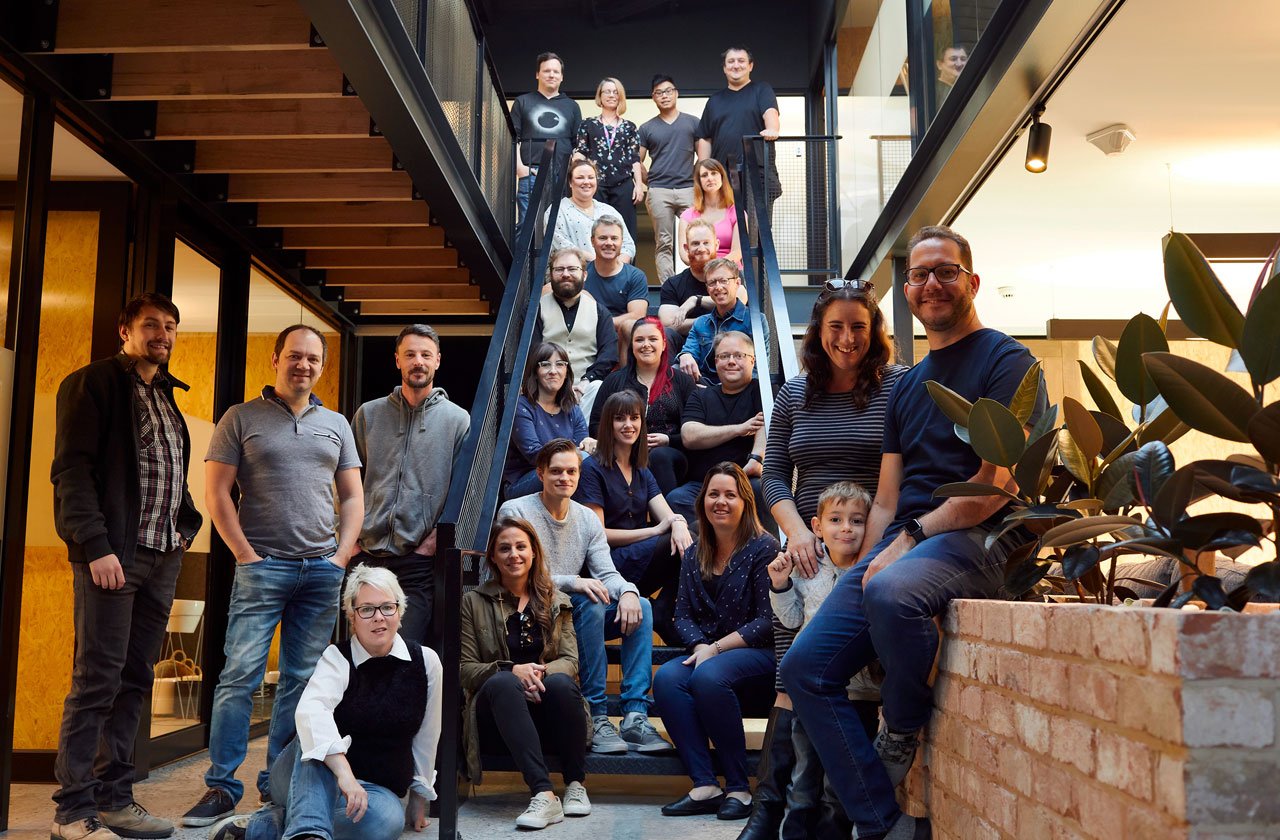
Savage Interactive, a team behind Procreate app. North Hobart, Tasmania, Australia.
Considering your experience, how would you start (or maybe you already have 😉) a new project? What mistakes would you avoid?
James: The biggest mistake you can make when starting a new project is spend too much time at the beginning thinking about it. You need to start a project with a certain amount of naiveté. As you begin to develop the product, you’ll find there’s a whole host of things you didn’t know, and an even bigger number of issues to solve that you couldn’t have ever discovered until you’re in the middle of the project, no matter how much prep work you do.
I start a project by focusing on the positives. On what could be. I try to overlook all the hurdles and obvious roadblocks. I don’t have any room for thinking about how the project can go wrong, I just focus on trying to make it right. I also can’t work with UI wireframes, UX flowcharts, spec docs or any other ritualistic design / development processes. Rituals such as these fail to tell us anything about how the final product will feel to the customer. Internally at Savage, our process is not too dissimilar to making music. We get together and design and develop software until it feels beautiful.
So the mistake I’d avoid is this: don’t let yourself get caught up in the enormity of a project when you’re at the beginning. Just have fun, dive in, solve problems and iterate until your work is the best it can be.
Do you transmit your team’s philosophy to the philosophy of Procreate?
James: We approach our development of Procreate as a work of art itself. Our philosophy of inclusiveness, high performance and creativity manifests itself in every aspect of our product experience.
It’s such an honour to work with some of the best artists in the world every day. We absolutely love the community that’s formed around Procreate and we wouldn’t be here without their support.
On the embed: A vivid mix of complimentary neons and bold shapes. Future Huntress by Frankentoon.
Procreate community is one of the most creative and extraordinary ones, since it’s composed by artists, illustrators, and designers from different fields. What is it like to work with such people?
James: It’s such an honour to work with some of the best artists in the world every day. We absolutely love the community that’s formed around Procreate and we wouldn’t be here without their support. Literally. Unlike a lot of independent software companies, we’ve never taken VC funding or succumbed to acquisition offers. We’re here developing Procreate thanks to each and every sale from our community.
We want to help amplify our community’s natural talent and determination through the tools we make. It’s why we get out of bed every morning, and it’s what keeps us up at night.


